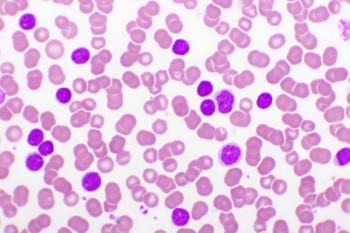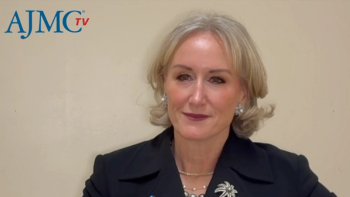
Utilizing Data Collection to Drive Patient Adherence and Outcomes: Kathi Henson, MBA
Balancing technology and patient care can enhance communication and data collection, improving adherence and outcomes in specialty pharmacy, said Kathi Henson, MBA, of Orsini.
Matching the right technology to the right patient can improve communication and data collection, said Kathi Henson, MBA, senior vice president of patient services, nursing, and quality at Orsini. Collecting data on patient adherence can then be used to intervene when necessary to improve outcomes.
Transcript edited for clarity; captions were auto-generated.
Transcript
How do you balance the use of technology with maintaining a patient-centered approach in specialty pharmacy care?
The key word is balance, right? It can't be all technology and all people; those things just don't make sense. But by balancing each it really helps to direct the resources to the right areas. Technology also enables us to communicate with patients in a way that they prefer. Right now, if you call me, I'm not likely going to pick up the phone. I'm very busy. But if I can use tech, things like texting or other means—email—of electronic communication, you're much more likely to get an answer. We've been able to start to use that to create surveys in different ways, to collect data from patients as well, and then supplement that with actual people resources.
What key metrics should specialty pharmacies track to measure the impact of data-driven interventions on patient adherence and outcomes?
The typical metrics we use are things called MPRs, medication possession ratio, and PDC [proportion of days covered]. MPR and PDC are really 2 measures that are pretty much an industry standard, and I think it's important to use those to assess how well the patient is staying adherent. But it also allows us to see where there might be potentially issues, or where those fall-offs might occur over time. Your patient could be doing really well at the beginning, and maybe after 5 or 6 months they start to fall off, and maybe that's where we need to make an intervention. Just some things like that. A lot of pharmacies use those, but I do think they're important. [They’re] definitely important measures to monitor specifically over time.
Newsletter
Stay ahead of policy, cost, and value—subscribe to AJMC for expert insights at the intersection of clinical care and health economics.









































